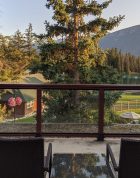Croatia has been all the rage for quite a while now. The world’s 18th most visited country is most definitely entering the mainstream consciousness, best known for its spectacular blend of unparalleled natural beauty and historic architectural wonder.
The country’s geography can be largely divided into a continental portion in the north and a coastal region along the Adriatic Sea. The long, thin coastal region in particular makes the country eminently travel-friendly, and today I’m going to share with you the ideal itinerary for exploring Croatia from end to end in one week.
I had the pleasure of spending a week here back in 2015, so this itinerary will be loosely based on my experience. While it can be tempting to visit a country for a few days and check it off the list, if there’s one place I’d recommend taking your time to slowly explore it would be Croatia. Read on and you’ll see why.
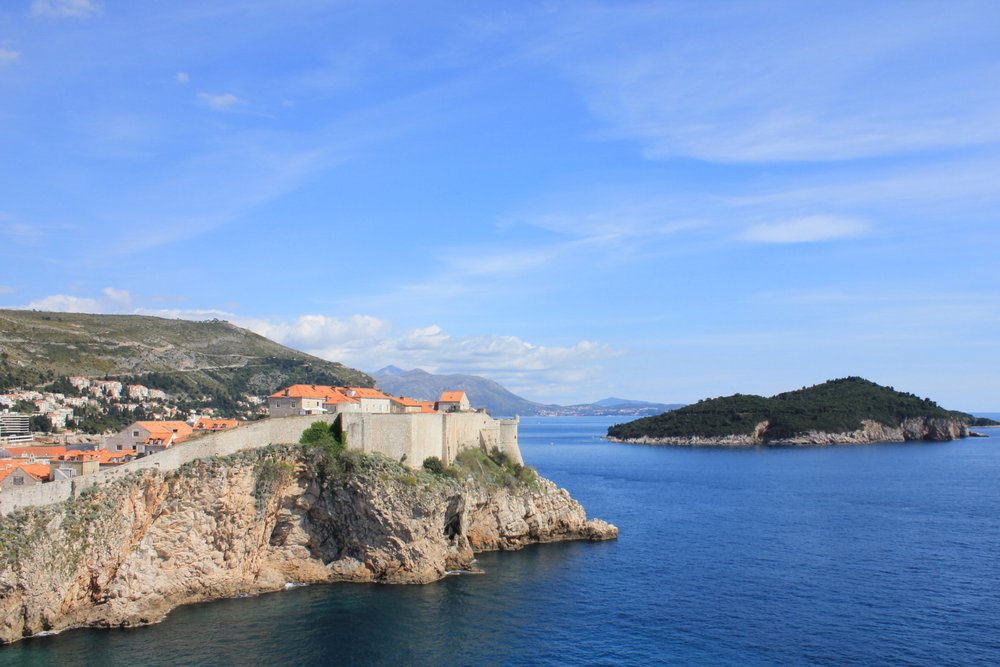
Old Town, Dubrovnik – look familiar?
In This Post
- Know Before You Go
- Day 1: Zagreb
- Day 2: Day trip to Pula, Rijeka, or Varaždin
- Days 3–4: Plitvice Lakes National Park
- Day 5: Split
- Days 6–7: Dubrovnik
- Conclusion
Know Before You Go
-
Croatia’s currency is the kuna (HRK). One kuna is divisible into 100 “lipa”, and is equal to about 20 Canadian cents or 13 Euro cents. Euros are also pretty widely accepted, and it’s easy to change your euro into kuna, so just grab some euro before you go and you’ll be all set.
-
From North America, you’ll most likely have to fly to a European hub first, then take a connecting flight to get to Croatia. It’s worth noting though that Air Transat operates a seasonal direct flight between Toronto and Zagreb.
-
While not everyone you meet will speak English, you’ll certainly get around just fine using it, since there’s usually an English speaker within reach no matter where you are. A little Italian might help in places like Pula or Rijeka, and of course if you speak another South Slavic language you’ll be in good hands due to the high level of mutual intelligibility.
-
It’s easy to get around the country. Star Alliance member Croatian Airlines operates tons of domestic flights. However, in my opinion the convenience of zipping around the country by air isn’t quite worth missing the incredible views along the road journey!
-
Train and bus travel are both well-developed, except for the fact that Dubrovnik isn’t connected to the rail network. Use the excellent Bus Croatia website to search and buy your bus tickets. Alternatively, you can rent a car and drive down the Adriatic coast at your own pace.
Day 1: Zagreb
The capital, Zagreb, is the main point of entry for many travellers, with good connectivity to Europe’s other major hubs by air and train. While some guides recommend skipping the capital and heading straight for Croatia’s gems along the coastline, I’d vehemently disagree.
Life on the seaside is of course very different, and Zagreb offers a window into the lives of the majority of Croats here in the capital, so I’d say it’s important to spend at least a day in the city.
Morning: Hang out by Ban Jelačić Square and enjoy the relative calm compared to the main plazas in places like Rome or Barcelona. Walk along the central avenue, its trademark wideness and surrounding buildings a remnant from the Communist times, when the country was part of the Socialist Federal Republic of Yugoslavia. And check out the city’s many museums to get a feel for the textured history of the nation and indeed the wider Balkan region.
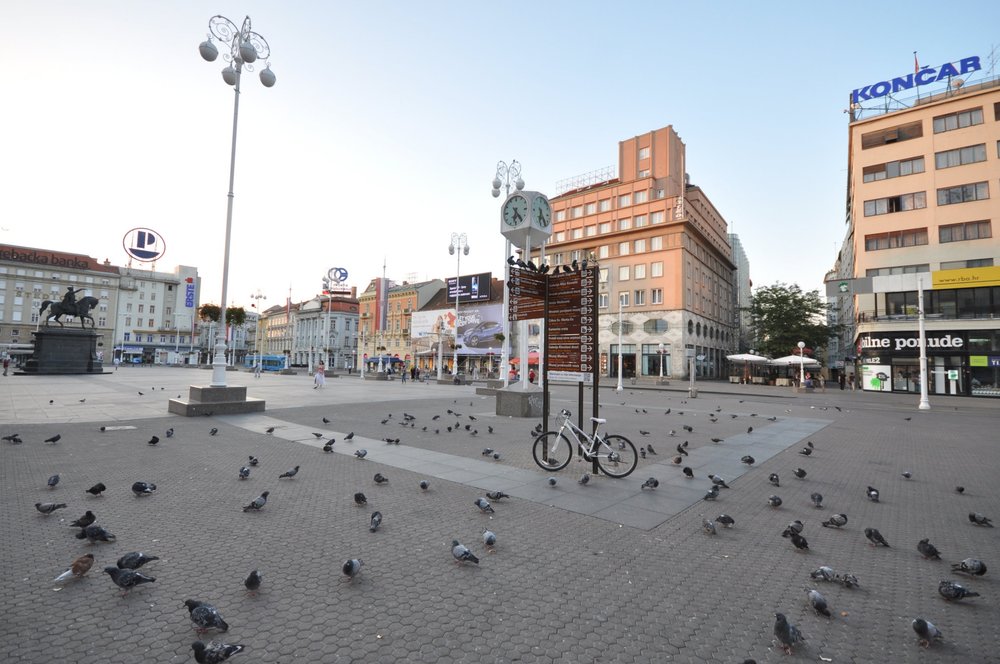
Ban Jelačić Square, Zagreb
Afternoon: Speaking of museums, be sure to spend a couple of hours at the Museum of Broken Relationships. This one-of-a-kind exhibit documents hundreds of interpersonal relationships from around the world that, sadly, no longer are. It’s a bit of strange concept but it plays out really well in a museum setting.
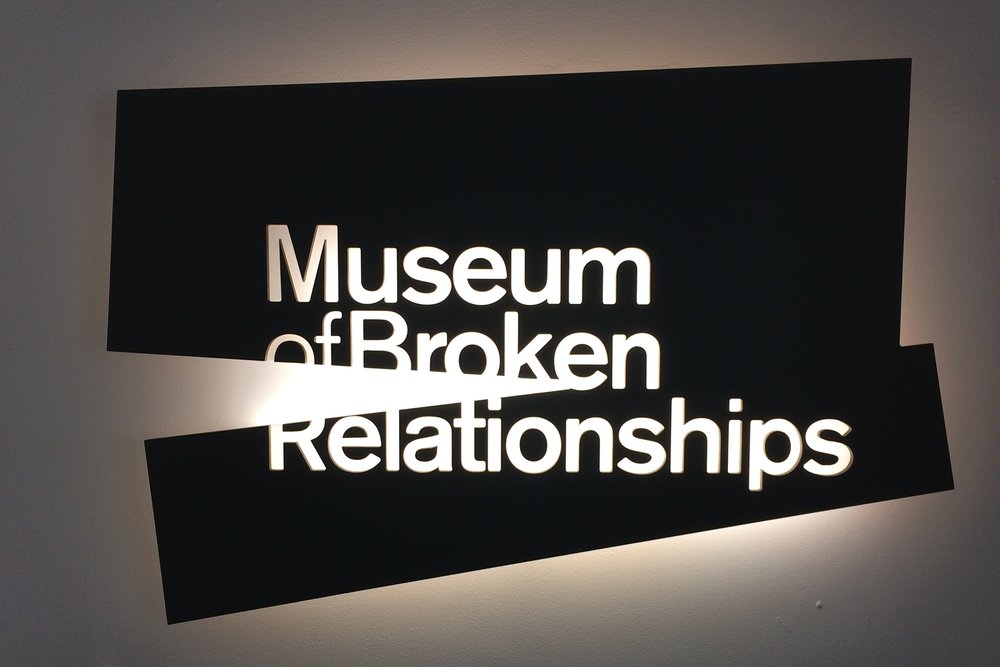
Museum of Broken Relationships, Zagreb
I absolutely love it when I find a museum with a unique proposition and this is one of the best examples. Write a spiteful note to an ex-lover in the museum’s guestbook as you wish, or if you’re visiting with your partner, be sure to ink your respective pledges to never end up as an artifact in these particular halls.
There’s plenty of nice hotels to go around in Zagreb. Cheap Airbnbs are also a dime a dozen, and if hostels are your thing, the Palmers Lodge Hostel is a good shout, located equidistant between Zagreb’s train and bus stations.
Day 2: Day trip to Pula, Rijeka, or Varaždin
Day 2 is a bit of an “anything goes” type of day. Feel free to spend more time taking in Zagreb’s charm, or perhaps to get a head start on your southbound journey to see the rest of the country. But I figured why not take advantage of Zagreb’s central location in the northern portion of the country to explore some neighbouring cities.
Pula, an old Roman fort city located on the Istrian Peninsula, is perhaps the most exciting, but also the furthest away at about a 3-hour drive or bus ride. It’s got the famous Pula Amphitheatre, which dates back to the Roman Empire and was the site of multiple gladiator fights.
Rijeka is Croatia’s third-largest city, located a little closer and also on the Adriatic coast. Once a short-lived free state on its own, Rijeka boasts one of the oldest fortifications on Croatia’s coastline, the Trsat Castle, as well as a bustling theatre scene.
For something a little different, check out Varaždin near the northern border with Slovenia, about a 90-minute drive away from Zagreb. Here you’ll find an amazingly well-preserved medieval urban centre, complete with the old town square.
You can easily arrange a tour online to bring you on these day trips, or you can take advantage of Croatia’s excellent bus network and go independently. English-speaking attendants may be a bit hard to come by at the bus station, but a traveller always finds a way.
Days 3–4: Plitvice Lakes National Park

The Plitvice Lakes (pronounced “Plit-vee-tzuh”) are no doubt Croatia’s number one sightseeing destination. Lately I’ve been seeing this place appear on more and more Buzzfeed travel listicles and the like, so best to get in before the crowds arrive!
Even if you aren’t crazy about seeing the best of Mother Nature on your travels, you’ll be captivated by the sheer splendour of the park’s complex network of lakes, replete with stunning waterfalls and picturesque cascades. (If you don’t like nature at all, then let’s be honest, you’ve probably picked the wrong country to visit.)
The main visitor area is quite high up, and it’s where the entrance, hotels, and visitor’s centre are located. The lakes themselves cascade from this level down to a valley below. Therefore, you can either admire the entire body of water from a great height, or hike down to the lake level and get up close and personal with the waterfalls.
First day: There are about a dozen trails designed for visitors to get the most out of their stay in the park. Spend your first day on Trail K, which is by far the most arduous, taking you all the way around the furthest reaches of the lake network. If you’re lucky and the lakes haven’t flooded over a portion of the trail, it’ll probably take you an entire day to complete. You also have the option of taking Trail K halfway and then crossing back to the visitors’ side on one of the hourly boat services.
Second day: it’s worth spending some time in the northern side of the lakes, where Trails A through E criss-cross each other in a series of paths and boardwalks. In addition to the boat cruise services on the lake itself, there’s also buses that regularly run along the lakeshore in case you get tired from the hiking.


[foogallery id=”17098″]
In terms of accommodation, staying in the park itself is the most logical option. There’s a handful of affordable hotels for you to choose from, and while they aren’t five-star quality by any stretch of the imagination, they’re perfectly serviceable and they provide a mean breakfast to prepare you for the day’s exertions.
There are also little “base camps” dotted around the park where you can grab a bite for lunch, and for dinner you’ll have plenty of options in the visitor area, ranging from cheap BBQ to a gourmet sit-down restaurant in one of the hotels.
Day 5: Split
From Plitvice Lakes, there’s several bus services per day heading south into the part of the country known as Dalmatia. On your way down to Dubrovnik, Split is the ideal place to pit stop for a night.
Croatia’s second city feels a lot like a resort town, and indeed it’s made a name for itself as such among Europeans looking for a vacation.
Morning: Have a stroll along the Riva promenade and climb the Marjan hill for your daily exercise.
Afternoon: The biggest attraction, though, is no doubt the Diocletian’s Palace complex that forms about half of Split’s old town. A UNESCO World Heritage site, Diocletian’s Palace is a mega-fortress that was originally built for the Roman Emperor Diocletian at the turn of the fourth century AD. Spend your afternoon here to explore the huge rectangular complex before grabbing dinner at one of the restaurants along the Riva.
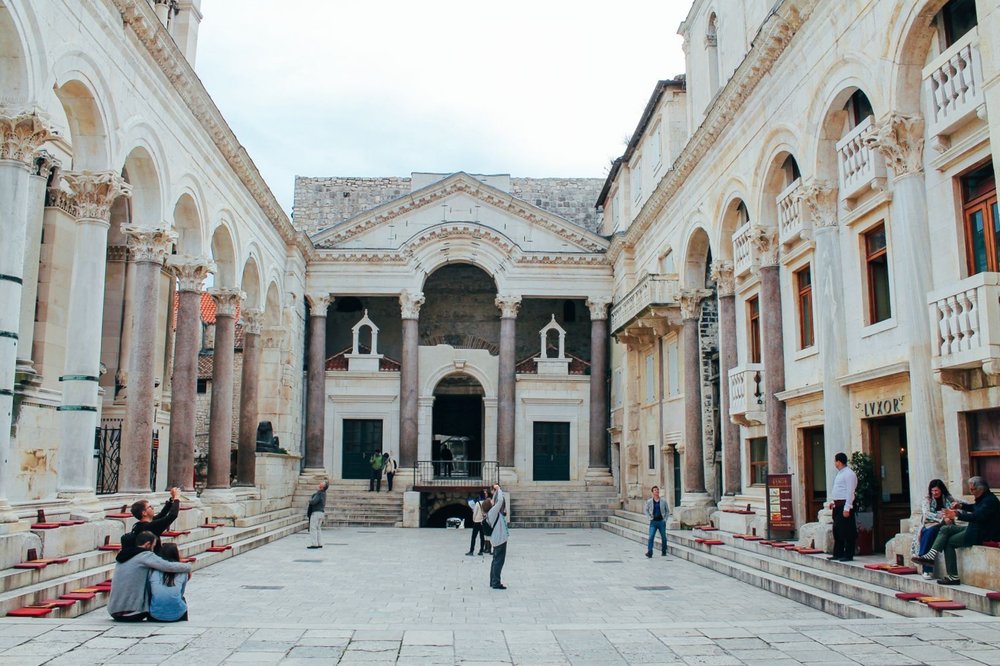
Diocletian’s Palace, Split
While the sun-kissed tourist hotspot is no stranger to luxury hotels, I’d really recommend finding an Airbnb in one of the authentic old town buildings here for an authentic taste of life here in Dalmatia.
Days 6–7: Dubrovnik
It’s another few hours along the coast down to Dubrovnik, the ancient walled city of Game of Thrones fame. This should go without saying for a Croatia trip, but DO NOT FALL ASLEEP on this bus ride. Instead, grab some seats along the right side of the bus, and get ready to experience a visual feast of epic proportions. The views along this stretch of the coast are some of The. Best. Ever.
The highway takes you through the town of Neum, neighbouring Bosnia & Herzegovina’s sole port on the Adriatic which cuts Croatia into two pieces. Have a look at the map, it’s pretty cool.
One of the most beautiful spots in all of the Mediterranean, Dubrovnik is the perfect place to finish up your one week tour of Croatia. The “Pearl of the Adriatic” has been the subject of much hype ever since HBO flew the banner of King’s Landing within the old city walls. And let me tell you, the hype is more than justified.
First day: Old Town Dubrovnik is a maze of thin passages, stone steps, and stunning sculpture-like buildings, all surrounded by a 2km-long city wall. Best of all, everything plays out under the iconic duo of endless sunlight and the gentle breeze of the Mediterranean.
It really is like no other place I’ve ever been to, and you can spend an entire day exploring every last nook and cranny in this magnificent stone warren.

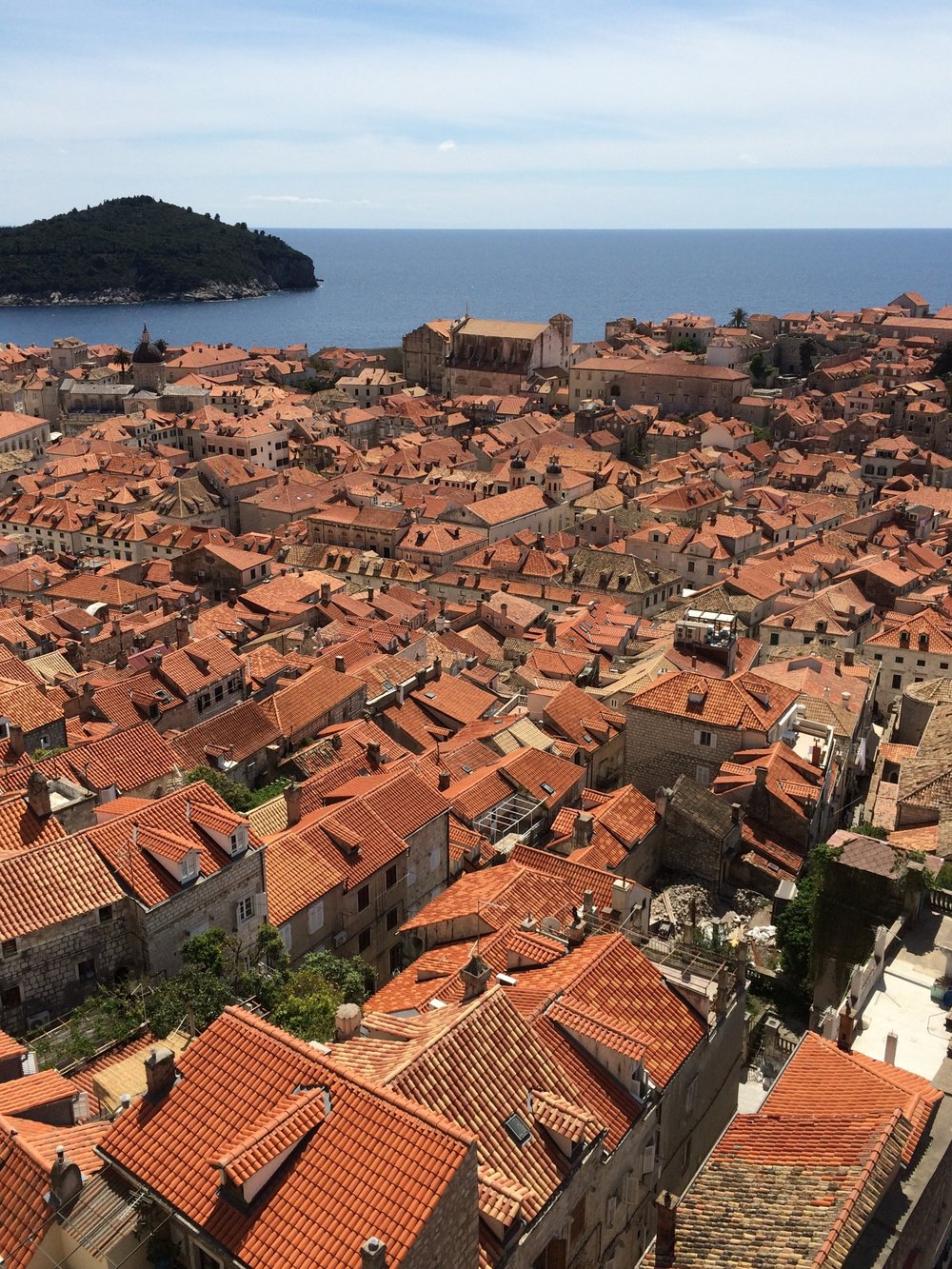
At night, be sure to grab a few bottles of Ožujsko, the country’s signature brew, and head over to the arches by the marina. Old Town’s glimmer under a clear night sky is truly an otherworldly sight.
Second day: Head out of the city’s walls from the western side to check out the Lovrijenac fortress, a giant outpost jutting out into the sea that also doubled as a theatre back in the day. The rocks by the water here are some of the most Instagram-worthy spots in the whole country, so don’t miss the photo opportunity.
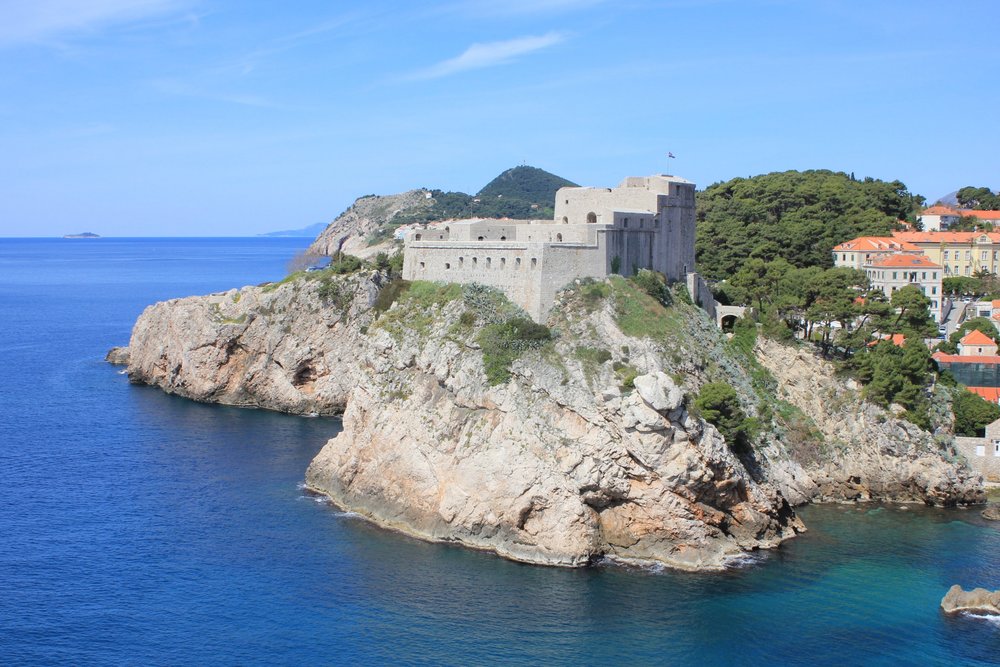
Lovrijenac Fortress, Dubrovnik
In the afternoon, head beyond Old Town’s northern walls to find the Dubrovnik Cable Car, which will take you up to a plateau 800 meters up the hillside. Feel free to grab dinner at the restaurant here and revel in the panoramic views. The walled city looks tiny and almost vulnerable from up here, which only strengthens your appreciation of its one-of-a-kind beauty.
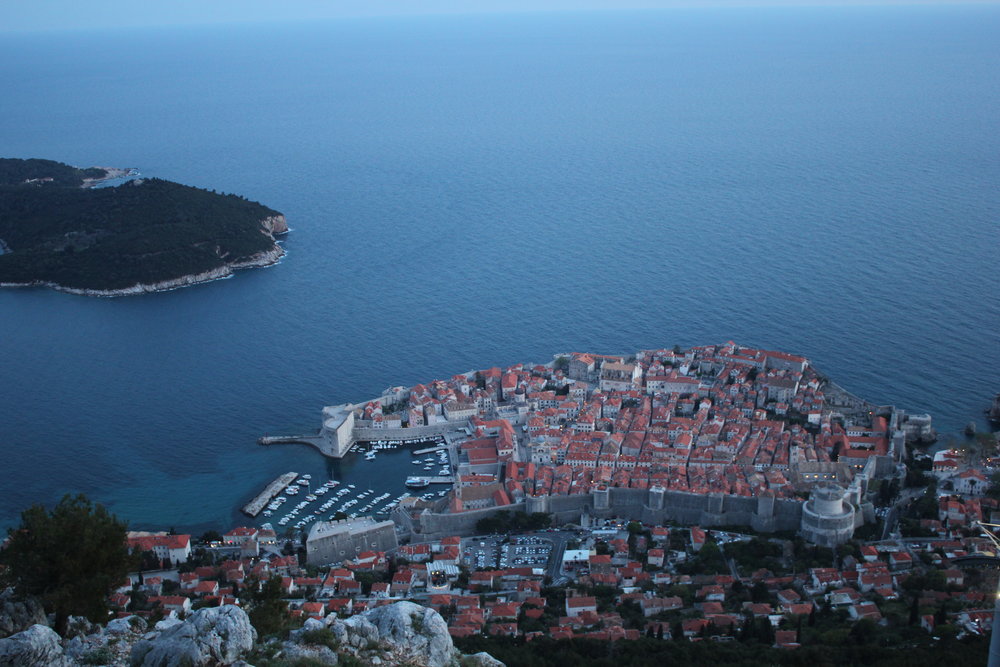
Dubrovnik from above
While the Sheraton Dubrovnik Riviera Hotel offers great value for money and even better value for SPG Starpoints, ultimately I must recommend finding a place in Old Town to stay. You’ll be spending the majority of your time there after all, and so living “beyond the wall”, as it were, ultimately defeats the purpose of visiting.
Conclusion
Croatia is a eye-catching travel destination with lots to love. This ideal week-long itinerary allows you to get to know every corner of the country, including the elegance and charm of continental Croatia, the captivating drops of the Plitvice Lakes, and the fairytale-like Dalmatian coast.
If you’ve got a few more days of wiggle room, feel free to spend some extra time wherever you’d like, or even throw in a visit to one of the thousands of islands along Croatia’s coastline. If not, don’t fret – you’ll have saved something for your inevitable return to this wonderful country.
















